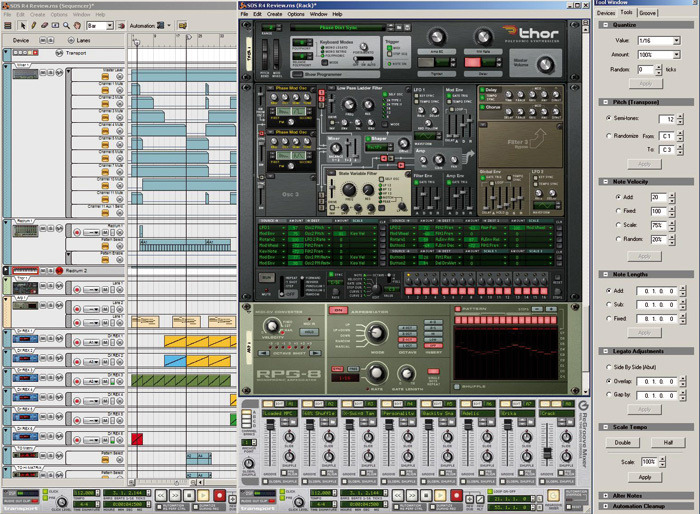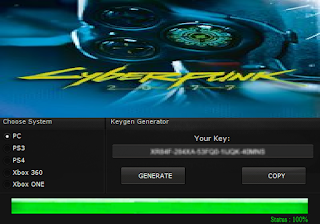

After installation Extract the files as well as Run it. Reason 11 consequently presents another method of working: utilizing Reason, or all the more decisively Reason Rack, as a module, putting Reason gadgets and the measured fix climate in your number one DAW. Be that as it may, connecting two applications in this way muddles the work process and can be mistaken for novices.

#KEYGEN FOR REASON 10.2.2 LICENSE KEY#
So while I like to work in Reason License Key in independent mode, I use it regularly as a sound source and sound play area working as a Rewire customer close by Live or Pro Tools. Simultaneously, Propellerhead, presently Reason Studios, put forth a valiant effort to keep the blender associated with the first virtual studio rack, however, I regularly felt that part of the convincing instinct of the experience the first was darkened en route. forces withdrawn : 457 the Peace Accords were broken almost immediately, and fighting continued for two more years.This development saw the Rack joined by a multitrack recording course of events and epic SSL-style blender. The Paris Peace Accords of January 1973 saw all U.S. The offensive failed to subdue South Vietnam, but the ARVN itself failed to recapture all lost territory, leaving its military situation difficult. support, stopped a large PAVN offensive during the Easter Offensive of 1972. ground forces had largely withdrawn by early 1972 and their operations were limited to air support, artillery support, advisors, and materiel shipments. forces sidelined and increasingly demoralized by domestic opposition and reduced recruitment. President Richard Nixon, a policy of " Vietnamization" began, which saw the conflict fought by an expanded ARVN, with U.S. The deposing of the Cambodian monarch, Norodom Sihanouk, resulted in a PAVN invasion of the country at the request of the Khmer Rouge, escalating the Cambodian Civil War and resulting in a U.S.-ARVN counter-invasion. bombed North Vietnamese supply routes in Laos and Cambodia beginning in 19, respectively. Operations crossed national borders, and the U.S. In 1969, North Vietnam declared a Provisional Revolutionary Government (the PRG) in the south to give the reduced VC a more international stature, but from then on, they were sidelined as PAVN forces began more conventional combined arms warfare. The VC sustained heavy losses during the Offensive and subsequent U.S.-ARVN operations, : 481 and by the end of the year, the VC insurgents held almost no territory in South Vietnam. The communist Tet Offensive throughout 1968 caused U.S. also conducted a large-scale strategic bombing campaign against North Vietnam. and South Vietnam forces relied on air superiority and overwhelming firepower to conduct search and destroy operations, involving ground forces, artillery, and airstrikes. continued a significant build-up of forces. and South Vietnamese forces ( Army of the Republic of Vietnam (ARVN)). The People's Army of Vietnam (PAVN), also known as the North Vietnamese Army (NVA), engaged in more conventional warfare with U.S. Johnson ordered the deployment of combat units for the first time and increased troop levels to 184,000. military presence in Vietnam, without a formal declaration of war. Johnson broad authority to increase the U.S. Congress passed the Gulf of Tonkin Resolution and gave President Lyndon B. destroyer clashed with North Vietnamese fast attack craft. In the Gulf of Tonkin incident in August 1964, a U.S. Kennedy, from just under a thousand military advisors in 1959 to 23,000 in 1964. involvement escalated under President John F.

: 16 By 1963, the North Vietnamese had sent 40,000 soldiers to fight in the south. North Vietnam had also invaded Laos in 1958 in support of insurgents, establishing the Ho Chi Minh Trail to supply and reinforce the Viet Cong. The Viet Cong (VC), a South Vietnamese common front under the direction of North Vietnam, initiated a guerrilla war in the south. assumed financial and military support for the South Vietnamese state. After the French military withdrawal from Indochina in 1954, the U.S. The conflict emerged from the First Indochina War between the French colonial government and a left-wing revolutionary movement, the Viet Minh. The conflict also spilled over into neighboring states, exacerbating the Laotian Civil War and the Cambodian Civil War, which ended with all three countries becoming communist states by 1975. It lasted almost 20 years, with direct U.S. The war is widely considered to be a Cold War-era proxy war. North Vietnam was supported by the Soviet Union, China, and other communist allies South Vietnam was supported by the United States and other anti-communist allies. It was the second of the Indochina Wars and was officially fought between North Vietnam and South Vietnam. The Vietnam War (also known by other names) was a conflict in Vietnam, Laos, and Cambodia from 1 November 1955 to the fall of Saigon on 30 April 1975.


 0 kommentar(er)
0 kommentar(er)
